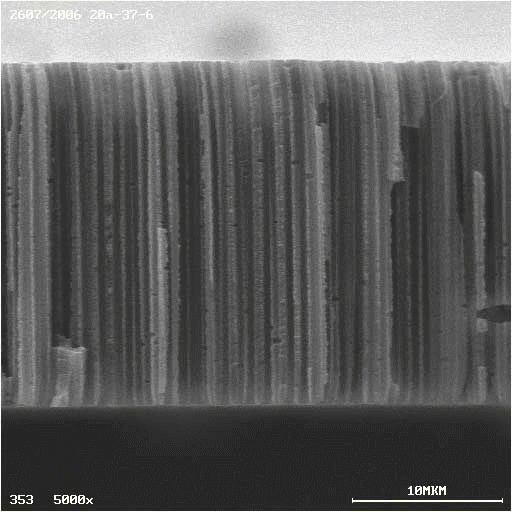German Environment Agency UBA publishes Factsheet on nanotechnologies in water treatment

The German Environment Agency (UBA) has published a factsheet on uses of nanotechnologies and nanomaterials in water treatment. The factsheets offers an overview of the manifold applications of nanotechnology in water treatment, both current and future. A new method to remove heavy metals from polluted waters, which was just presented by ETH Zurich researchers, represents another highly topical example, although it is not included in the factsheet given its recent publication.
Treating polluted waters before the release into surface waters is one of the most important challenges globally. Nanotechnologies allow for the optimisation of current approaches for waste water treatment and often allow for increased efficiency, lower costs or lowered energy demand. Correspondingly, water treatment is predicted to be one of the sectors likely to benefit the most from advances in nanotechnology.
Researchers from ETH Zurich just presented another nanotechnology-based approach for water filtration in the Journal Nature Nanotechnology. The highly efficient water filtration system, developed by Raffaele Mezzenga, Professor of Food and Soft Materials, and Sreenath Bolisetty, is capable of removing heavy metals and radioactive substances from wastewater. Moreover, it can even be used in gold recovery.
UBA-Factsheet (in German only): UBA (2016). Einsatz von Nanomaterialien und nanoskaligen Produkten zur Abwasserbehandlung.
Publication by Prof. Mezzenga of ETH Zurich: Bolisetty S, Mezzenga R. Amyloid–carbon hybrid membranes for universal water purification. Nature Nanotechnology, Advanced Online Publication Jan 25th 2016.
Source: The Innovation Society / ETH-News
Image source: Pavel Apel, Wikimedia Commons.